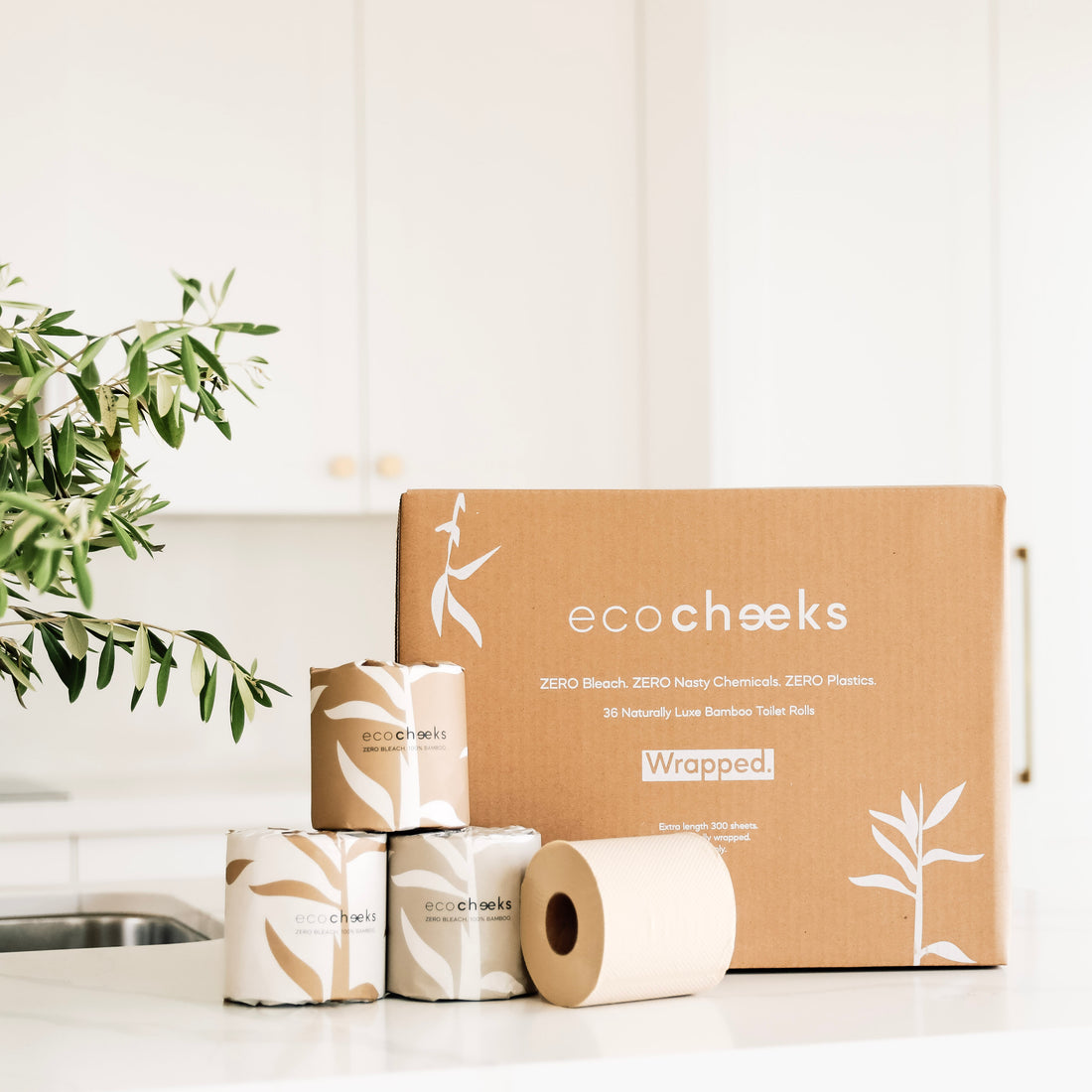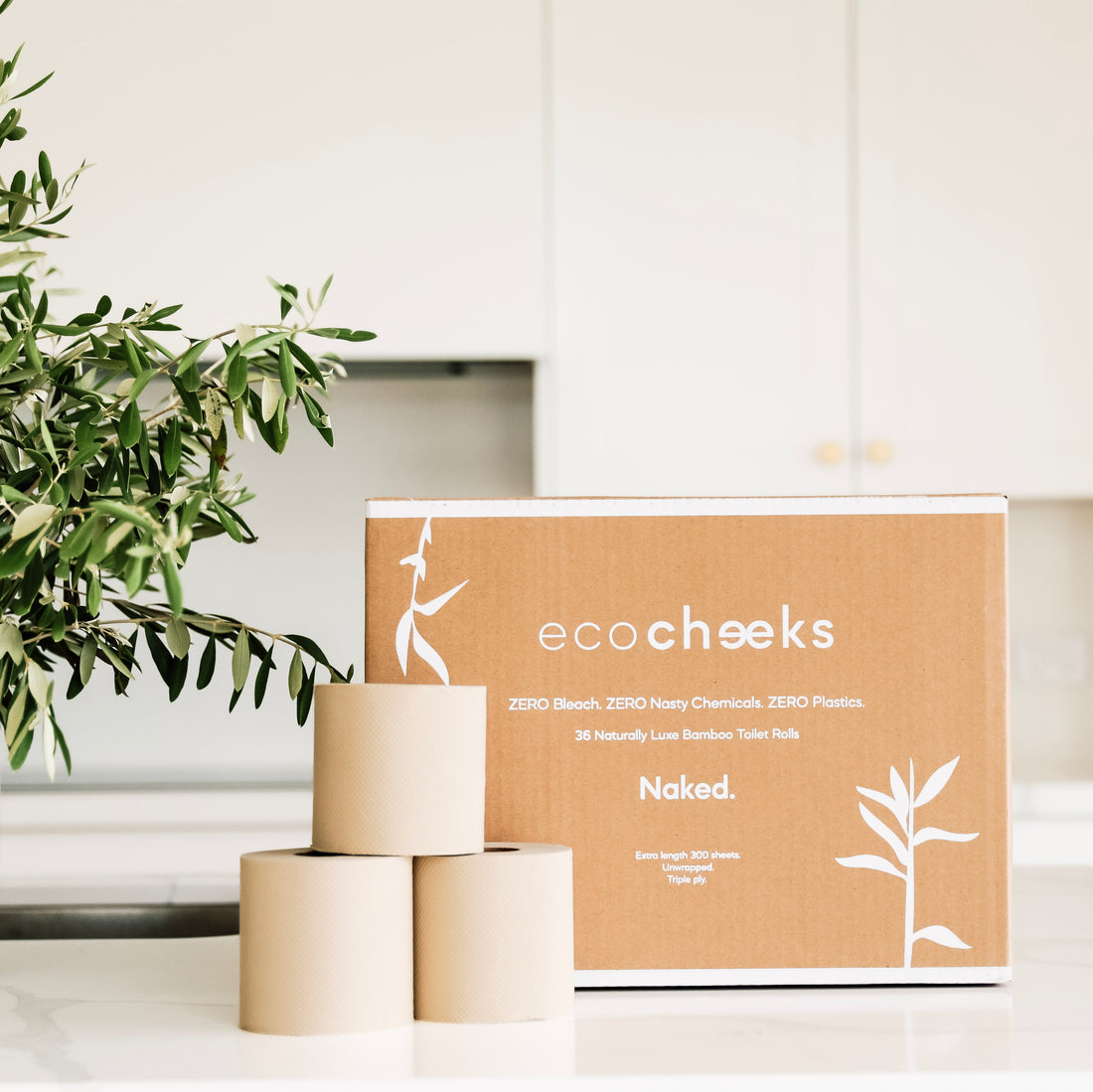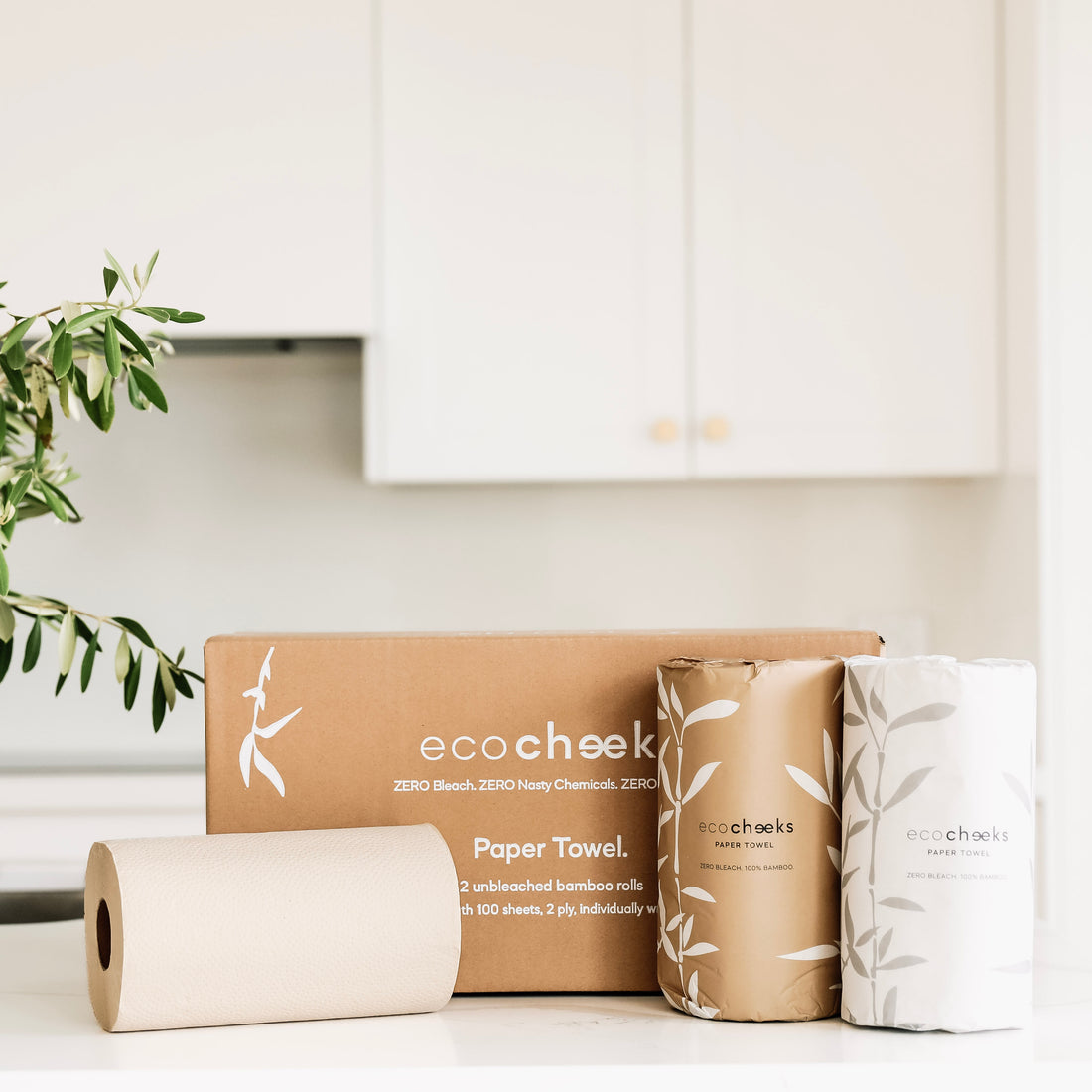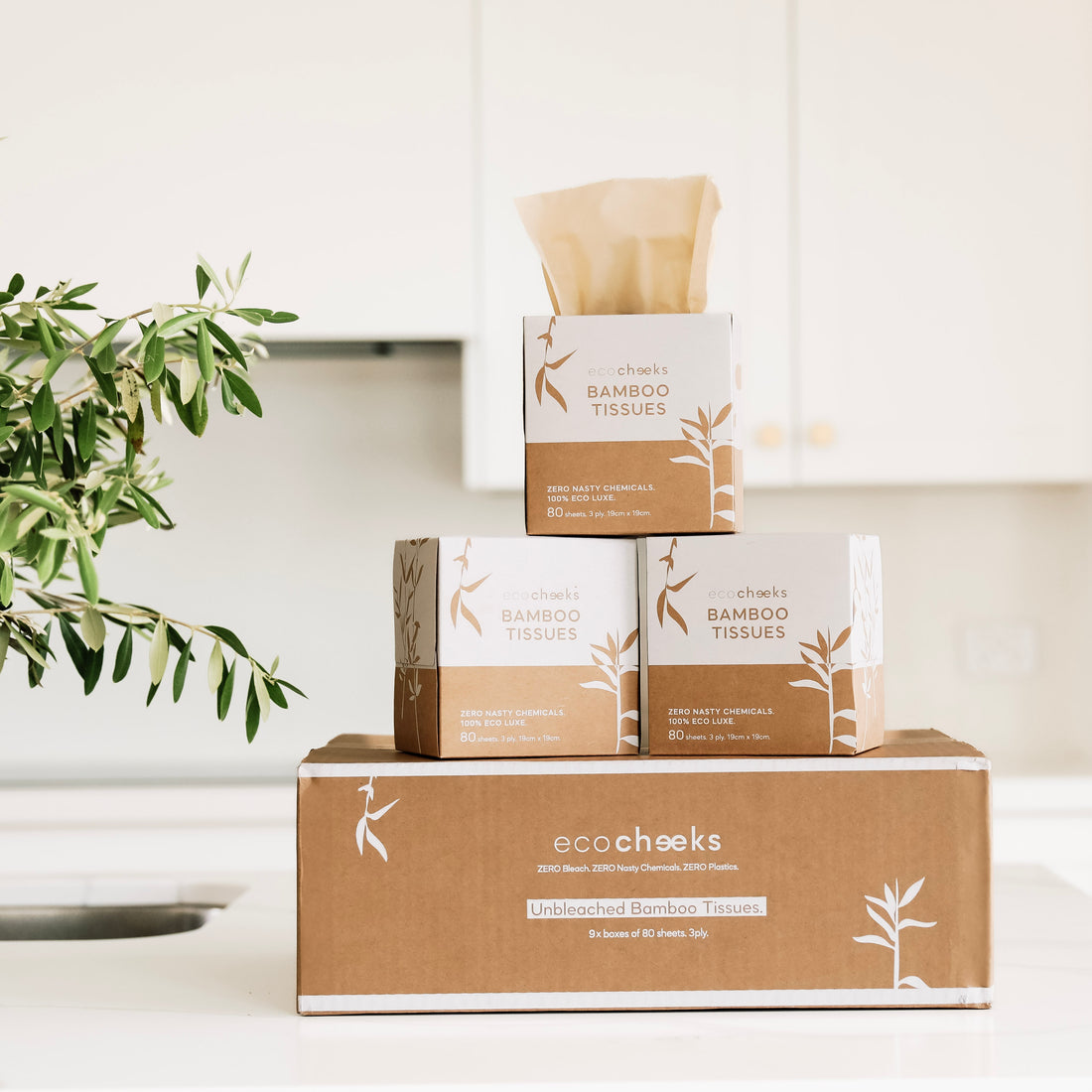Toilet paper might seem like a small, everyday product, but the kind you choose can have a significant impact on your health and the environment. Between unbleached and bleached options, the differences extend to production methods, environmental impact, and even your well-being. Let’s break it down to help you make an informed choice and embrace sustainable living.
The Production Process: How It All Starts
Bleached Toilet Paper: The Hidden Costs
Bleached toilet paper undergoes a chemical process involving chlorine or chlorine dioxide to achieve its stark white colour. While the result is soft, familiar tissue, this process produces harmful byproducts like dioxins—persistent pollutants that accumulate in ecosystems and human bodies.
Additionally, chemicals like PFAS (per- and polyfluoroalkyl substances) are sometimes used to enhance softness and durability. These substances are linked to environmental contamination and health risks, making the production of bleached toilet paper a problematic practice.
Unbleached Toilet Paper: Naturally Better
Unbleached toilet paper skips the harsh bleaching process entirely, maintaining the natural colour of its raw materials—often bamboo. Without chlorine, dioxins, or PFAS, this option offers a cleaner, safer alternative for both the planet and your body. Choosing unbleached toilet paper is an easy way to align everyday habits with eco-friendly products and sustainable living values.
Environmental Impact: A Tale of Two Papers

Bleached Toilet Paper: A Polluting Legacy
The bleaching process releases chemicals into waterways, harming aquatic ecosystems. Coupled with the heavy reliance on trees for raw materials, it contributes to deforestation, biodiversity loss, and increased carbon emissions. PFAS, often found in bleached options, are "forever chemicals" that persist in our bodies, soil and water, creating long-term environmental issues.
Unbleached Toilet Paper: An Eco-Friendly Champion
Unbleached toilet paper, particularly bamboo-based, is a sustainable choice. Bamboo grows quickly, absorbs significant amounts of carbon dioxide, and thrives without pesticides or herbicides. By avoiding the bleaching process, unbleached toilet paper minimizes pollution, making it one of the most eco-friendly products available for your bathroom.
Health Benefits: What Are You Wiping With?
Bleached Toilet Paper: A Risky Routine
Using bleached toilet paper exposes your skin to trace amounts of harmful chemicals like dioxins and PFAS. Over time, these substances can accumulate in your body, disrupting hormones and potentially increasing health risks. For those with sensitive skin, the irritation caused by these chemicals can be even more pronounced.
Unbleached Toilet Paper: Safe and Gentle

Unbleached toilet paper eliminates these risks entirely. With no exposure to harmful substances, it’s a healthier choice for your body. Its natural composition makes it ideal for sensitive skin, providing a safer, chemical-free option for everyday use.
Unbleached Toilet Paper: The Sustainable Living Essential
Switching to unbleached toilet paper is a small change that creates a big impact. By reducing harmful chemicals in your household and supporting sustainable production practices, you contribute to a cleaner environment and healthier living conditions. This simple swap aligns perfectly with the principles of sustainable living, offering a practical way to reduce your ecological footprint.
At Eco Cheeks, we believe that eco-friendly products should be accessible and effective. Our 100% bamboo, unbleached toilet paper is sustainably sourced and free from harmful chemicals, making it a guilt-free choice for your home.
Make the Change Today

Choosing unbleached toilet paper is about more than convenience—it’s a commitment to your health, eco-friendly products and sustainable living. Small changes like this can lead to a cleaner, greener future. Take the step today and join the movement toward a healthier planet.








